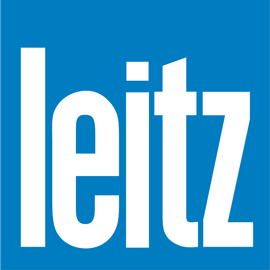From chaos to clarity in CHERRYS’s path to sustainable growth
Before Contentserv, CHERRY managed product information in a fragmented, manually intensive process, with data scattered across local files, shared drives, and outdated distribution methods. This “controlled chaos” led to duplicated, error-prone product data that was challenging to update and share across teams. While a basic DAM supported image data, it fell short of supporting e-commerce needs. Inconsistent, outdated data sheets and Excel files dominated workflows, slowing down updates and limiting growth potential.
In 2015, CHERRY embraced change with Contentserv’s PIM as a central, unified solution, creating a reliable “single source of truth.” By 2020, they advanced further with a cloud migration, powered by SDZeCOM, positioning the company for agile scalability and efficiency—key assets in an e-commerce-driven world.
However, with a fast-moving ready-to-wear market, the colossal manual entry of different product data (6,000 color references per season, assortment tracking, product feature updates in different languages, etc.) became extremely challenging. Furthermore, primarily using spreadsheets for this purpose was very time-consuming and error-prone. These files quickly became archaic in the context of Lacoste’s digital transformation and they would often contain numerous data entry errors, which resulted in a slow time-to-market that was harmful to sales. Another major challenge involved variable data such as collections, which must be renewed every six months and had to take into account the difference between the Northern and Southern hemispheres.
Therefore Lacoste needed to adopt a tool that would streamline the creation and distribution of its product catalogs on both its merchant and marketplace sites. This made it clear that Product Information Management (PIM) was the right solution to quickly enrich databases, accurately aggregate content, and shorten time-to-market, all while increasing agility and flexibility.







